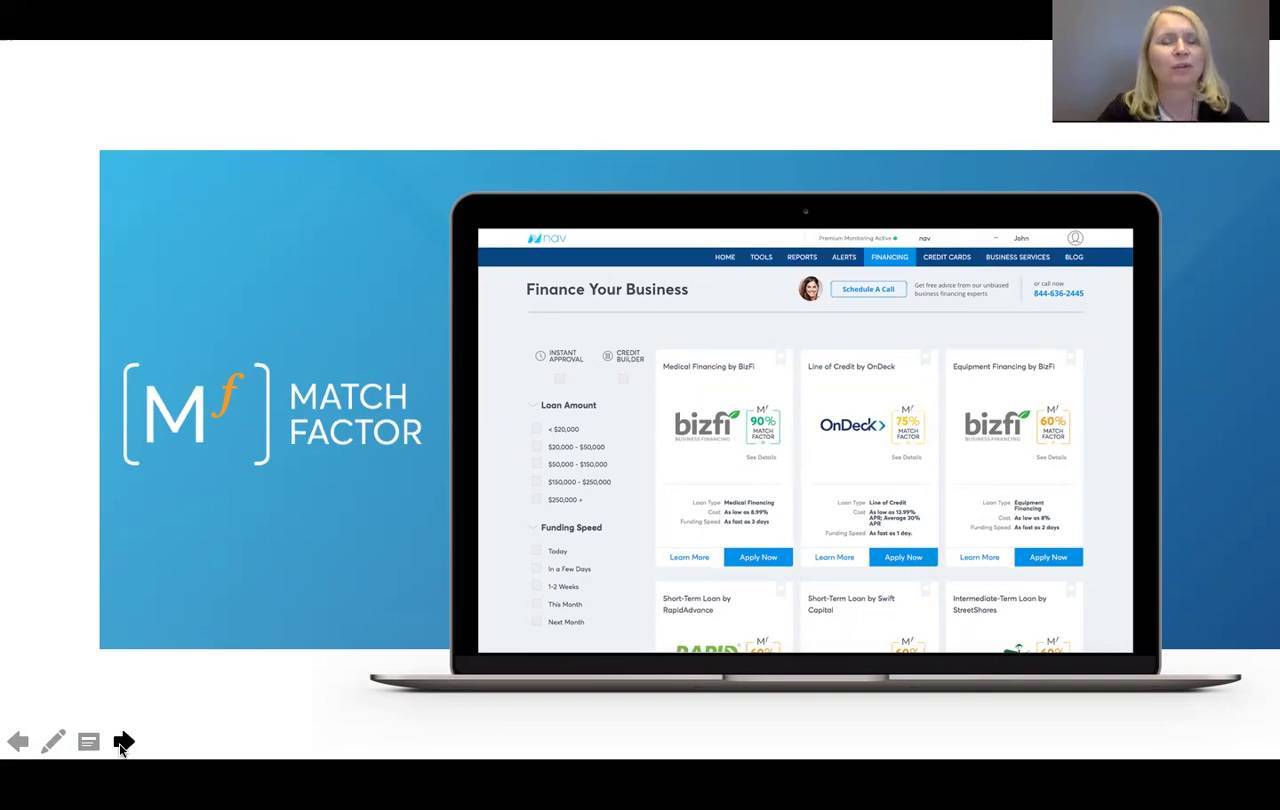Top 5 Business Financing Options for Your Growth

Growing a business requires more than just a great idea; it demands capital to fuel your vision and bring it to fruition. Whether you're looking to expand your operation, increase your inventory, hire new talent, or upgrade your facilities, choosing the right financing option is crucial. In this detailed guide, we'll explore the top five business financing options, their benefits, considerations, and how to choose the one that aligns with your business objectives.
1. Traditional Bank Loans

Bank loans have long been the cornerstone of business financing. They offer:
- Lower Interest Rates: Compared to alternative financing options, banks generally offer competitive interest rates.
- Structured Repayment: Fixed monthly payments help in planning business cash flow.
- Relationship Building: A successful loan can lead to a long-term banking relationship.
However, obtaining a bank loan requires:
- Creditworthiness: Both personal and business credit histories are scrutinized.
- Collateral: Most loans require assets to secure the loan.
- Lengthy Approval Process: The underwriting process can take weeks to months.
💡 Note: Always compare rates and terms from at least three banks for the best deal.
2. Small Business Administration (SBA) Loans

The Small Business Administration offers various loan programs, particularly advantageous for:
- Lower Down Payments: SBA loans typically require less initial investment from the borrower.
- Longer Repayment Terms: This reduces the monthly repayment burden.
- Government-Backed: The guarantee reduces the risk for lenders, making it easier to get approved.
Considerations include:
- Stringent Requirements: There’s an extensive application process and strict criteria.
- Time Consuming: It can take 30-90 days for approval.
3. Business Line of Credit

A business line of credit provides flexibility:
- Flexibility in Use: Funds can be drawn as needed, only paying interest on what is used.
- Revolving: You can repay and borrow again, similar to a credit card.
- Quick Access: Once established, funds can be accessed quickly for immediate needs.
Points to keep in mind:
- Variable Rates: Interest rates can fluctuate, affecting the cost of borrowing.
- Renewal: Not all lines of credit renew automatically; some require reapplication.
💡 Note: A business line of credit is excellent for managing cash flow but be cautious not to treat it as your primary source of financing.
4. Invoice Financing

Invoice financing, or factoring, allows businesses to leverage unpaid invoices:
- Immediate Cash Flow: Receive funds before your customers pay, improving liquidity.
- No Debt Added: It’s not a loan, so it doesn’t appear as debt on your balance sheet.
- No Collateral Needed: Only the invoices are used as “collateral.”
Considerations:
- Fees and Discounts: Factoring companies charge fees, which can reduce the funds you receive.
- Customer Management: Some clients might be put off by dealing with a third-party for payment.
5. Venture Capital and Angel Investment

Venture Capital (VC) and Angel Investors offer equity financing:
- Substantial Funds: VC can provide significant capital for growth or expansion.
- Strategic Assistance: Investors often bring industry connections, experience, and advice.
- No Repayment: Since it’s equity, you’re not obliged to repay the investment.
However, this comes with:
- Loss of Control: Investors typically require equity stakes, which can dilute your ownership.
- High Expectations: Investors expect high returns, which can lead to pressure for growth or exit.
- Time-Consuming: Pitching and negotiating with VCs or angels can be a lengthy process.
Having explored these five business financing options, you're now equipped with a broad understanding of how each could contribute to your business's growth. Remember, the ideal financing strategy often involves a mix of different options tailored to your unique business needs, stages of growth, and industry. Keep in mind the following key points:
- Assess your business's current financial health, future projections, and growth strategy before selecting a financing option.
- Consider the impact on your company's equity and control, especially with options like venture capital.
- Understand the cost of capital, not just in terms of interest or fees, but also in terms of opportunity costs and potential dilution of ownership.
What should I consider when choosing between debt and equity financing?

+
When choosing between debt and equity, consider your business’s cash flow, how much control you want to retain, the cost of capital, and your long-term growth plans. Debt financing lets you retain control but requires regular repayments. Equity financing doesn’t require repayment but dilutes ownership and often comes with investor expectations for growth.
Is invoice financing suitable for all types of businesses?

+
Invoice financing works best for businesses that have significant accounts receivable and a steady stream of invoices. It’s ideal for service-based companies or those with long payment cycles but can be less advantageous for businesses without a regular invoice cycle or with low-profit margins.
Can I combine different types of financing?

+
Absolutely! Many businesses use a mix of financing options to optimize their financial strategy. For example, using a line of credit for short-term cash flow needs while seeking equity investment for long-term growth.